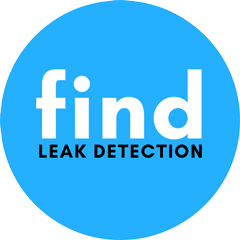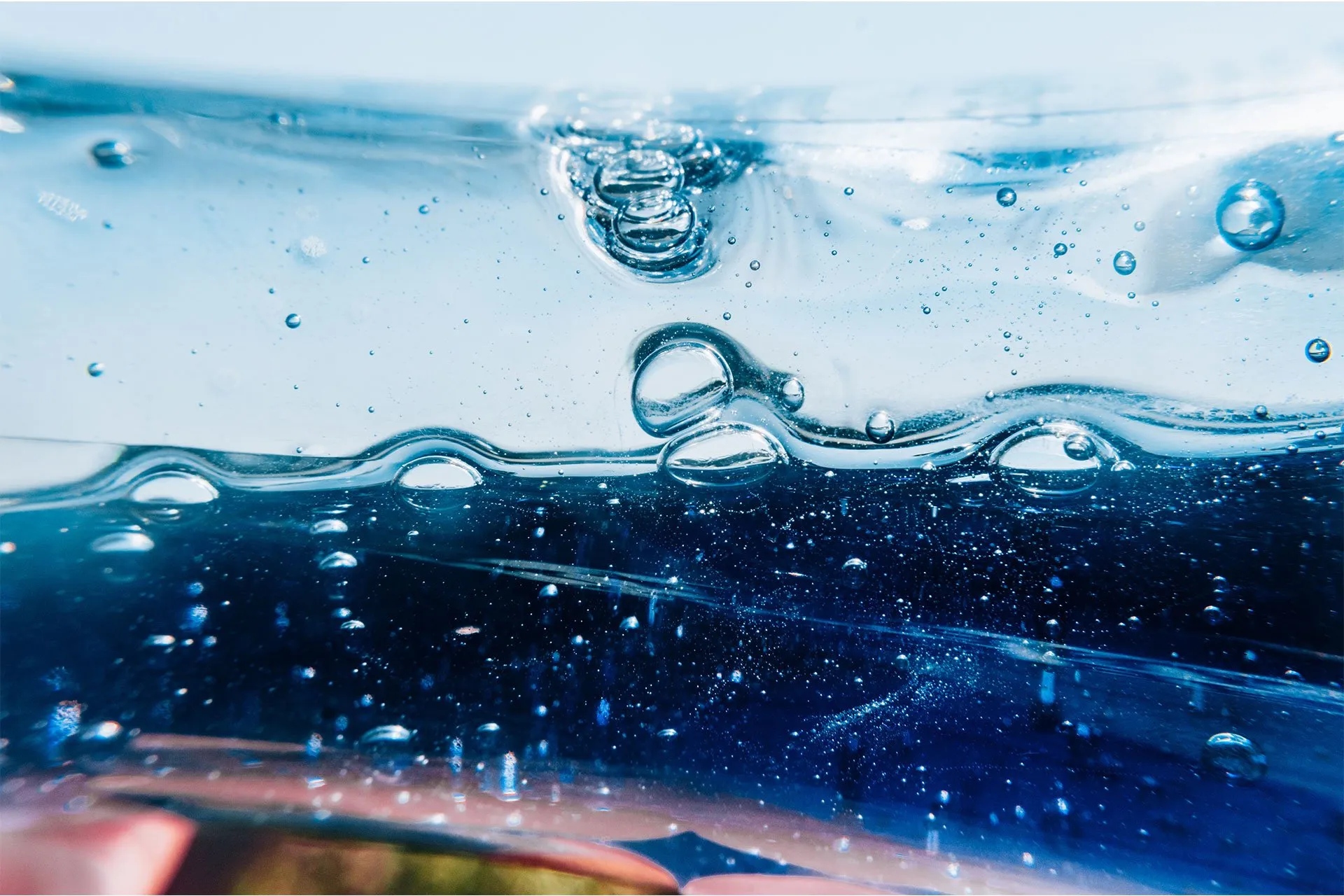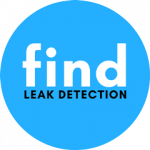Gas leaks can be dangerous and, left unattended, can cost you a house
A simple soapy water test can help you find them throughout your home, including on gas cylinder bottles, regulators, and hoses. Barbecue gas fires are some of the most common Australian house gas fires.
Follow the steps below so you can regularly check your gas appliances for leaks
This way, you won’t be on the hook for an unexpected catastrophe.
HOW TO DETECT GAS LEAKAGES
The first step to detecting a gas leak is the smell of rotten cabbage or rotten eggs. Ethyl mercaptan is an odour added to the naturally odourless LPG (which stands for liquefied petroleum gas) so that we can tell if it’s leaking.
If you can’t smell anything but still want to test for a leak, use the soapy water test.
WHAT IS THE SOAPY WATER TEST FOR FINDING GAS LEAKS?
It’s as simple as it sounds — just mix water and dishwashing liquid and put that into a spray bottle. You can use laundry liquid if you don’t have any dishwashing liquid but it won’t bubble as easily. Dishwashing liquid is made to produce more bubbles which make this test easier.
Note: Do not use a soap that contains ammonia. Your valves and fittings will be made from brass and ammonia can cause brass to become brittle and crack.
This test lets you see tell-tale bubbles coming off your gas equipment that shows where your LPG or natural gas leakage might be.
Once you’ve got the soapy water in a spray bottle just spray it over all of your gas transmission gear — pipes, hoses, valves, etc. — and then pressurise the system.
On the barbecue, for example, spray the soapy water on the gas bottle valve, on the hose attachment to the bottle and the barbecue, and across the hose. Make sure to test the entire assembly. Then, without turning on the burners, turn on the gas bottle to pressurise the system.
If you’ve got a gas leak, you’ll be able to see new bubbles in the soapy water. You might also be able to smell the ethyl mercaptan as rotten eggs or rotten cabbage.
If you can’t smell any gas leaking or any bubbles on the assembly then you don’t have a leak.
If you do have a leak, turn the gas bottle off immediately and call us.
CLEANING UP
Once you’ve used soapy water to test for a gas leak, simply wipe down your assembly with a damp cloth and then dry up with a hand towel.


